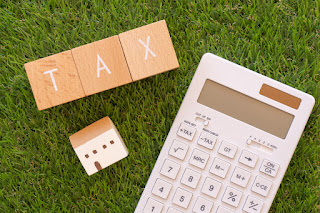How Do Property Taxes Work In Incorporated Villages?
Property taxes can be a huge burden to homeowners, with many dreading the increases that often come year after year. Most of the time, the property tax process is straightforward. But, what if you live in an incorporated village? With many of these villages spanning Long Island, it’s important to understand how your property taxes work when residing within one and what steps you can take to get them lowered!
What is an Incorporated Village?
An incorporated village is a small town that has been legally granted incorporation status. These villages are not independent entities, but they are managed by an elected council and have limited powers to regulate their own affairs. Incorporated villages can be located within one or more townships or boroughs, which may, in turn, be part of a county.Nassau County has about 64 incorporated villages — all residing within three towns. Suffolk County has about 33, all spanning within the 11 municipalities in the county.
Determining Property Taxes For Your Incorporated Village
For most incorporated villages, when it comes to your property taxes, you are taxed by both the village and the town that it’s in. The tax rates for incorporated villages can vary greatly, and many have been known to increase over time. Most often, it depends on whether your village conducts its own assessments or utilizes the County’s assessment.Property taxes can vary from one area to another because of differing assessments, exemptions, and taxing jurisdictions. But, at their core, they represent what you owe for municipal services.
Check with your local government to see the exact additional tax percentages for where you live.



Comments
Post a Comment